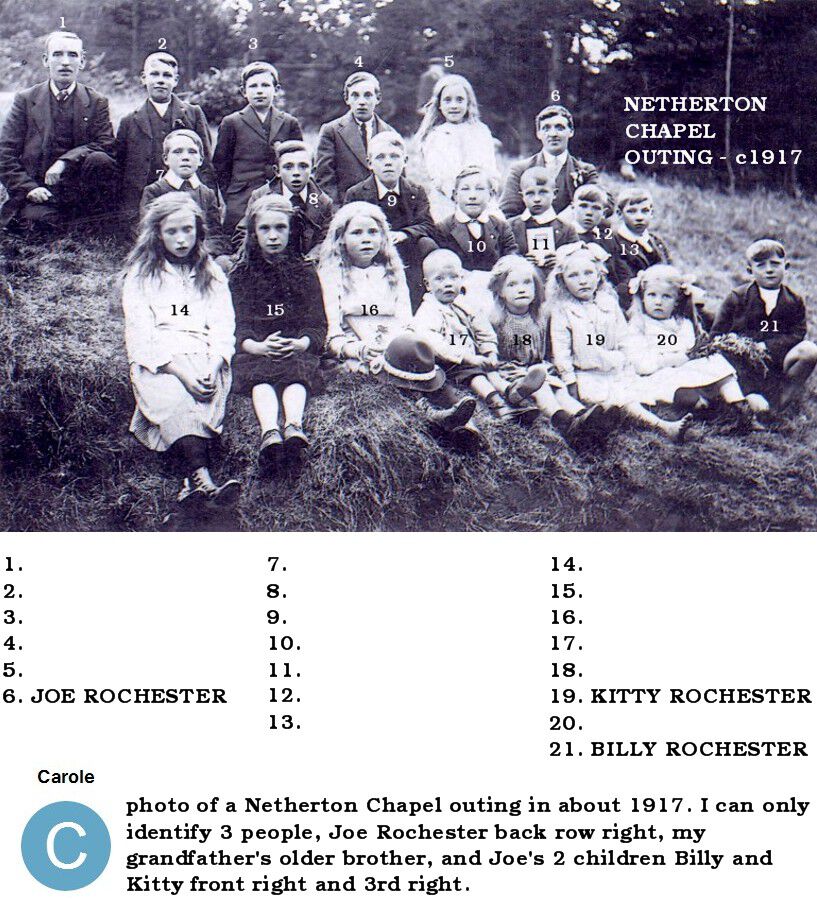
All photos shared by members that have posted these photos on Facebook sites - Bedlington Remembered, Bygone Bedlington & Sixtownships
- Album created by Alan Edgar (Eggy1948)
- Updated
- 42 images
- 9 album comments
- 131 image comments
- 10,738 views

All photos shared by members that have posted these photos on Facebook sites - Bedlington Remembered, Bygone Bedlington & Sixtownships